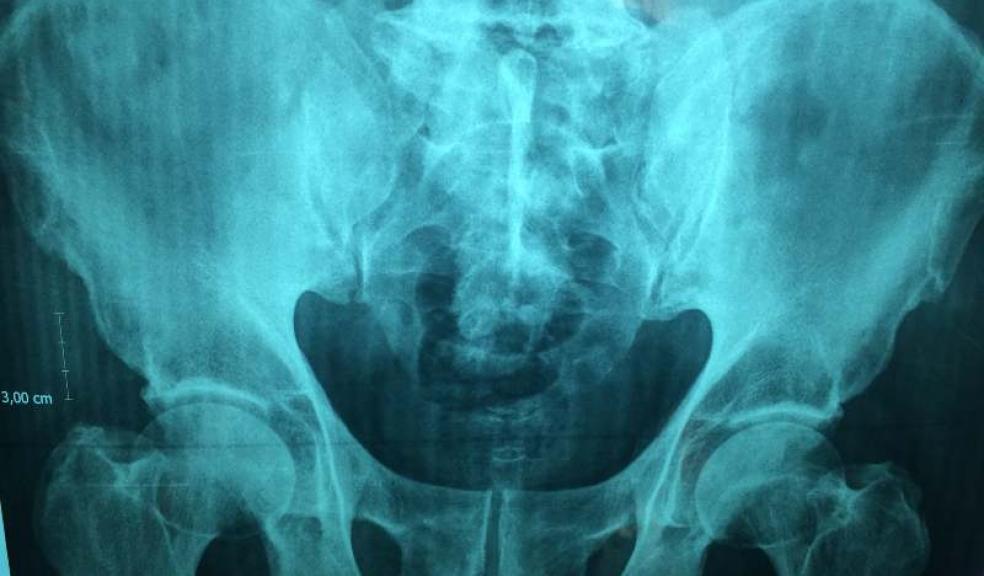
Seven top exercise tips to keep arthritis at bay
This week is National Arthritis Week, and experts at Peninsula NHS Treatment Centre have 7 top exercise tips to help keep arthritis at bay.
One in six of us experiences joint pain every day. It can make day-to-day tasks, like brushing your teeth, making a cup of tea or getting a good night’s sleep really difficult.
Aside from the physical frustrations that it can cause, the pain of arthritis can also make you feel alone and isolated, and we know that explaining its impact to your friends, family or employers can be difficult.
Why do our joints hurt?
There is a constant process of wear and repair happening as the joints adapt to the stresses and strains of normal everyday life. Osteoarthritis occurs when the process of wear and repair goes out of balance – for example due to injury or being overweight – which leads to pain, stiffness and swelling in the joints.
Anti-inflammatory creams and gels are modestly effective and paracetamol can have limited effect on pain. In extreme cases joints may need to be replaced.
Exercise is one of the most effective, safe and cost-effective weapons in our arsenal when it comes to managing the symptoms of osteoarthritis.
Contrary to what many people think, using your joints helps keep them strong rather than wearing them out more quickly – indeed, when you experience pain when moving, ‘hurt does not necessarily mean harm’.
The kind of exercise helps most for osteoarthritis is generally a mixture of:
- resistance: for strength and joint stability
- aerobic: for fitness endurance and mood
- flexibility: for balance, range of movement and co-ordination.
The benefits of exercise far outweigh the risks, the main risk being injury. The risk of injury can be reduced by warming up and cooling down properly. ‘Start low and go slow,’ gradually increasing the amount and intensity of exercise, wear well-fitting, supportive, shock-absorbing footwear and avoid high loading (eg: jumping and twisting) to start with.
7 top tips for exercise, remember:
- Any physical activity is better than none.
- Start low and go slow.
- The benefits of exercise are related to the amount that you do – i.e. more is more.
- It will take around six weeks of regular exercise to start to experience benefits – so stick with it!
- The ‘dose’ of exercise is at least 30 minutes three (or more) times a week for aerobic exercise and at least 20 minutes three times a week of resistance exercise. This can be broken down into five- or ten-minute chunks
- People who stick with exercise benefit the most in the long-term. So find something you enjoy doing – and do it!
- In order to be effective, exercise must be ongoing – especially in the older population who need to train harder to maintain the same benefits













